The Quarry (Series X) Review
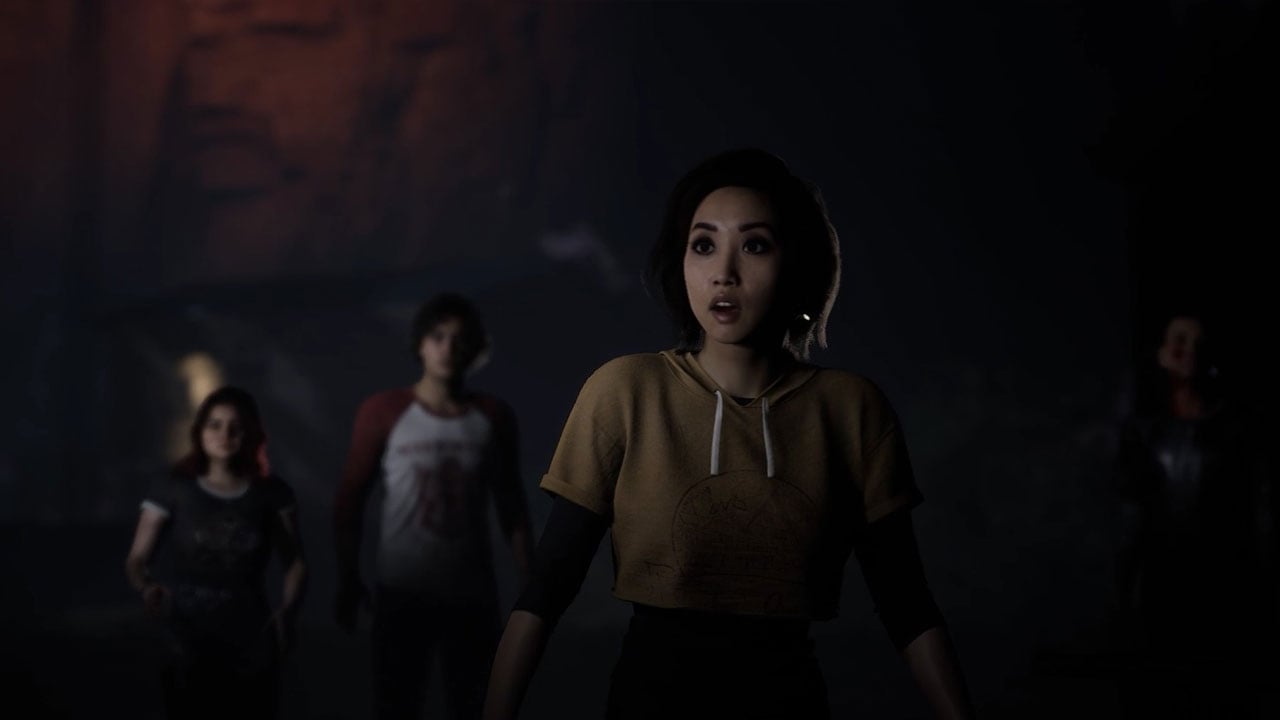
Since becoming a multi-platform studio, Supermassive has released three games in its Bandai Namco Entertainment-published Dark Pictures Anthology that are similar in genre, but none of them have caught fire like the original Until Dawn, that is, until now. Supermassive’s latest game The Quarry is the spiritual successor that the fans have been waiting for, and with publisher 2K having bankrolled the game’s development, it’s an impressive return to form.
Players of Until Dawn will be right at home with The Quarry’s premise; a group of teenage camp counsellors who have just wrapped up their summer season working together at a remote sleepaway camp named Hackett’s Quarry wind up stranded at the campground’s main lodge after a mischievous act of sabotage by one of the counsellors severely wrecks their van. With dusk about to fall and camp owner and director Chris Hackett (played by Scream’s David Arquette) having driven off to find a vehicle after suspiciously ordering them to stay inside the lodge with the doors and windows locked until sunrise, the teens throw a campfire party and get up to no good around the other areas of the surrounding woodland forest.
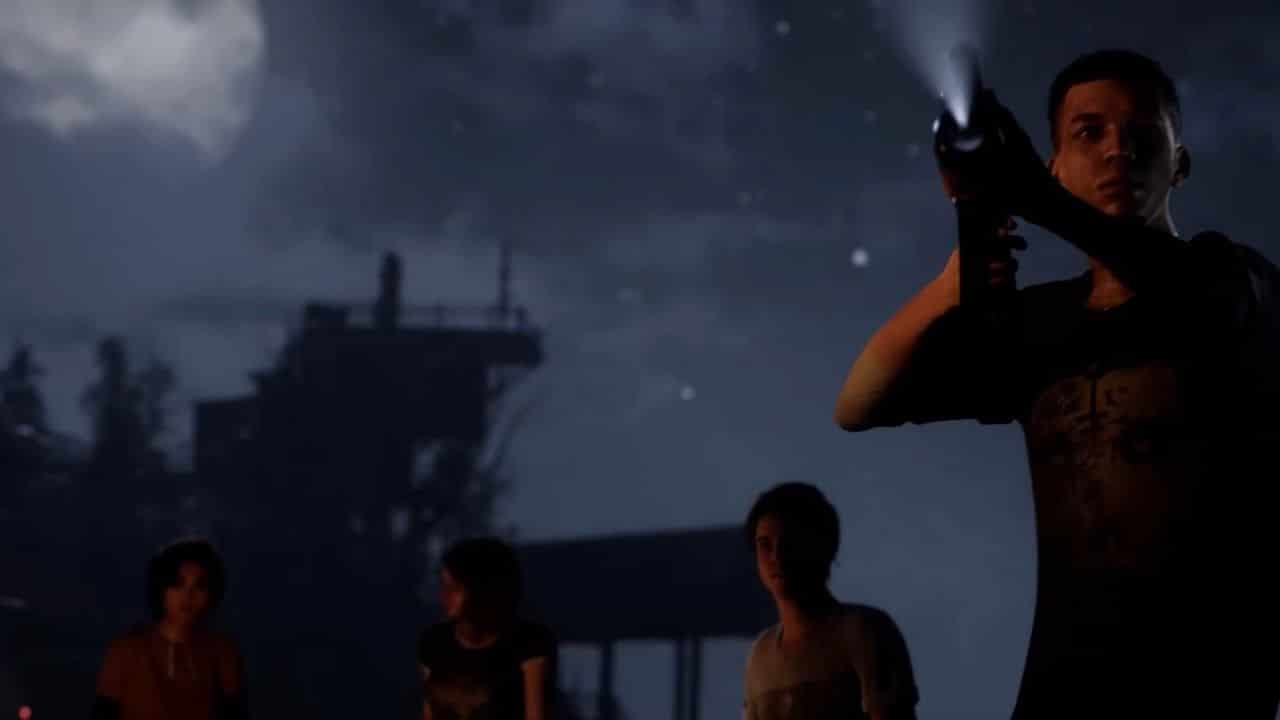
Cue the mysterious appearance of ravenous, bloodthirsty creatures roaming the grounds as well as an intimidating duo of human hunters stalking both the creatures as well as the kids, and you’ve got a recipe for a good, old-fashioned slasher flick, no?
The controls in The Quarry are extremely easy to get into, as players need only concern themselves with just a few buttons on the controller beyond the analog sticks. As with most third-person games, the Left Analog controls Camera/Aim and Right Analog controls character movement, but when presented with a dialogue option or action choice (which are almost always binary), pushing either stick in the direction of the desired option is required. Naturally, QTE sequences demand slightly more complex and precise stick motions, which may or may not need to be combined with pressing or holding the Action Button (A on Xbox). Right Trigger fires a weapon when armed while holding Left Bumper increases walking speed.
Keeping in tradition with the game’s Until Dawn and The Dark Pictures lineage, players are also charged with the additional, fourth-wall-breaking role as a “disembodied” arbiter of fate. Following each chapter, players meet with a mysterious Oracle inside her fortune-teller’s hut, bringing with them any of the game’s hidden tarot cards they may have come across while controlling the counsellors. After providing a cryptic reading of each playing card, or scolding players for not having found any, the Oracle then allows the player to select only one of the found tarot cards from the available selection, whose aforementioned reading will shape the flow of the next chapter.
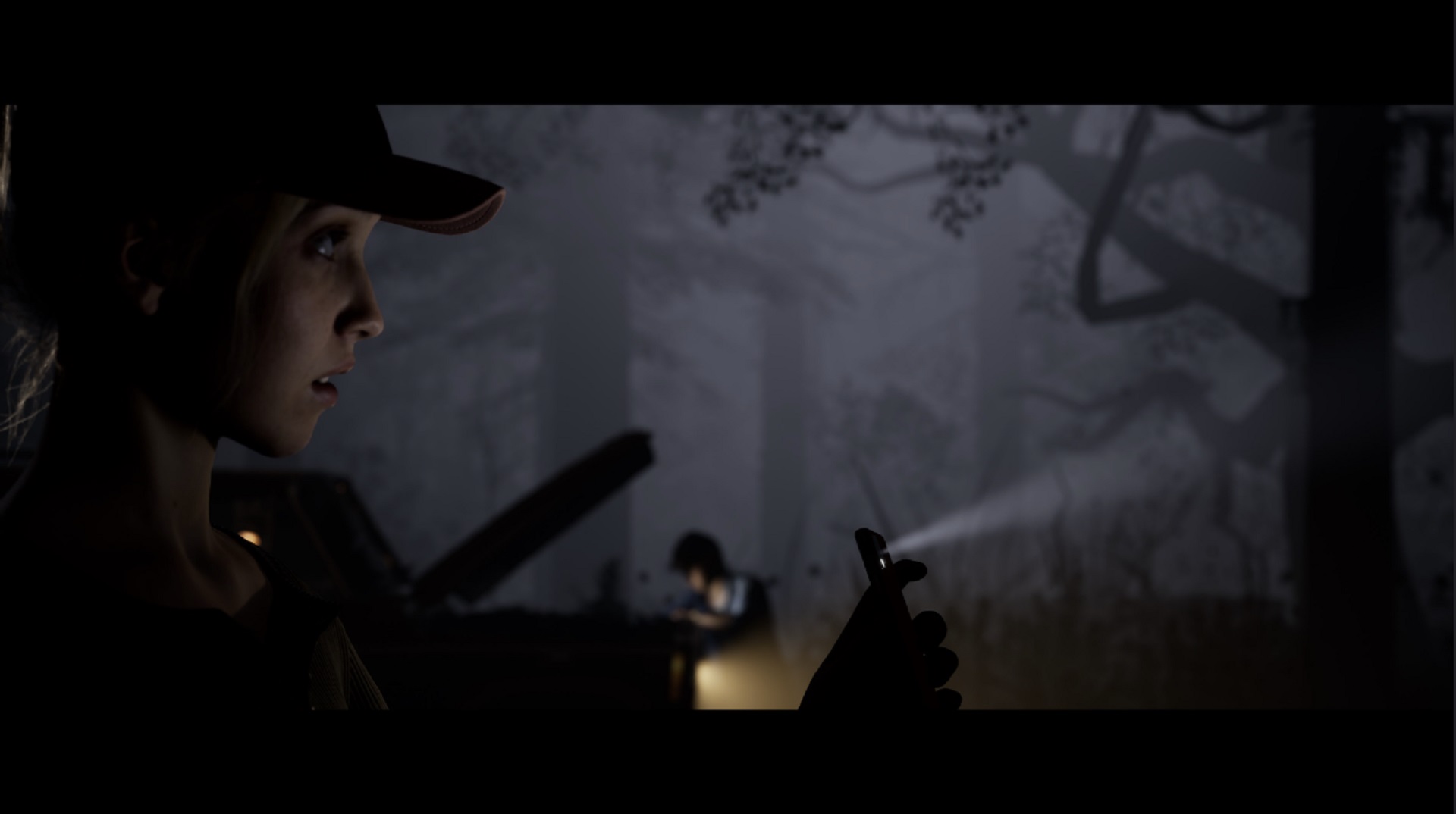
Also, before letting players return to the physical world of Hackett’s Quarry, the Oracle offers players an optional glimpse into a potential outcome for one or more of the counsellors, based on the card they’ve chosen. This peek into the future is only seconds long and often vague, and players can either use the information to guide their upcoming decisions or decline the vision outright and go in blind if they wish. When stacked on top of the many choices and actions that one can make or take in each chapter that will ultimately determine which counsellors and/or enemies will live to see the sunrise, The Quarry offers up a compelling and highly re-playable experience that players will want to revisit multiple times, if for any reason just to witness the myriad “Butterfly Effects” that occur as a consequence.
One aspect of The Quarry that I thoroughly enjoyed during my first playthrough was the dual-threat presented by the supernatural monsters (I won’t spoil what kind they are) and the human hunters, and how they complemented each other in ratcheting up the tension. With two vastly different types of apex predators stalking the counsellors throughout the game at the same time, I often felt that I could be attacked whether I was inside or outside and that nowhere, even a locked room, was ever truly safe.
As my colleague Brendan said in his preview of the game, The Quarry is easily Supermassive’s best-looking game to date, and it would appear that their arrangement with publisher 2K has afforded them the extra budget and time needed to put out a polished, triple-A product using Unreal Engine 4. Supermassive switched from Sony’s Decima engine to Unreal following the 2016 release of Until Dawn: Rush of Blood for PlayStation VR and have shipped at least eight games that use it since, but The Quarry is the first Supermassive game I’ve seen make the ubiquitous graphics engine truly shine.
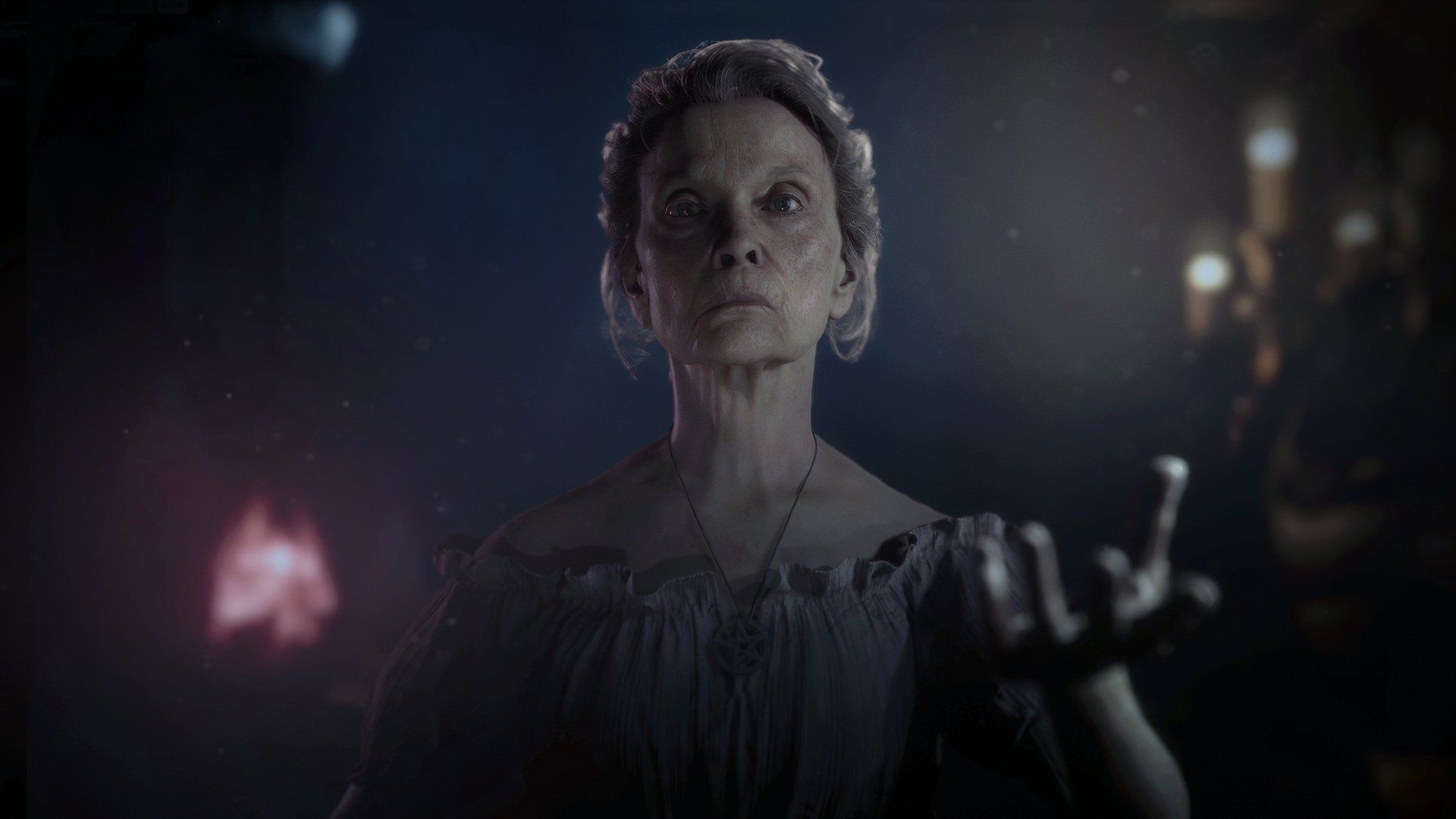
In fact, I’m kind of glad that just like when I first played Until Dawn that there were only a couple of actors amongst the cast that I immediately knew or recognized, as the stunning facial captures and lifelike models of David Arquette and Lance Henriksen alone were so recognizable that they almost pulled me right out of the story completely. Coincidentally, not being familiar with any of the younger cast of rising stars made it far easier for me to enjoy their grisly and untimely deaths, an important element of any good slasher film.
“The Quarry is nonetheless a well-polished effort from Supermassive games that beckons to be played multiple times”
Likewise, the forest setting of Hackett’s Quarry is photorealistic in its beauty by day and terrifyingly haunting at night…totally creepy, picture postcard-worthy. The water effects are terrible though, especially splashes. Probably the worst I’ve seen this console generation. Something had to give, I guess.
The good news is, despite the horrible water and the inescapable uncanny valley moments that occasionally occur (e.g. pseudo-robotic walking animations, characters not looking where they are walking, smatterings of late texture pop-in, and odd facial expressions outside of cutscenes), there is surprisingly little visual jank in The Quarry when compared to the developer’s recent Dark Pictures titles. That being said, I’ve noticed a different kind of weirdness that rears its ugly head mid-to-late game, where the gameplay itself begins to bend and crack under the weight of the narrative’s multi-threaded ambitions. I affectionately call it: “Supermassive Continuity Jank.”
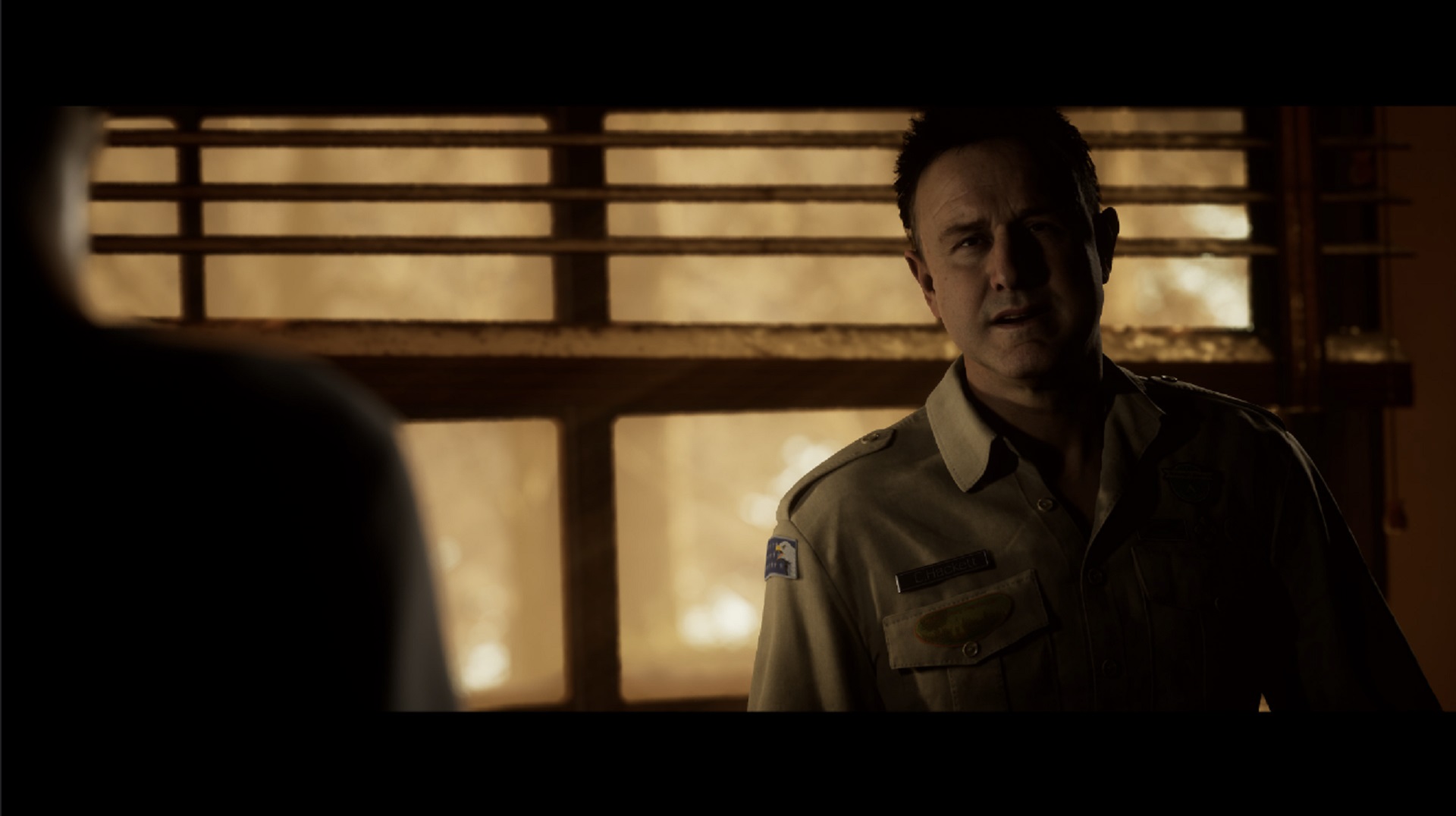
Game Director Will Byles has revealed in an IGN interview that The Quarry’s script exceeds over 1000 pages and that it has a total of 186 different endings. That represents a seemingly near-impossible number of possibilities to maintain air-tight continuity across, and while the folks at Supermassive are incredibly talented, they’re not infallible wizards. Sooner or later, small inconsistencies in the story begin to surface. During my playthrough, for example, I’ve had a character bring up details in a conversation that he or she logically shouldn’t have any knowledge about, or remind another character about something that was said earlier, despite that conversation never having happened.
But the oddness doesn’t stop at just dialogue. During an actual confrontation in the game’s second act, a principal character who had locked herself inside a storm shelter to escape one of the monsters briefly appeared back in the open in order to toss a round of ammunition to a counsellor I was controlling, then promptly vanished. After the encounter had resolved, the character was still cowering in the storm cellar, behaving as if her courageous intervention had never occurred. Thankfully, none of the continuity issues I experienced ever “broke” the game, and once I realized what was happening it became a fun meta-activity of spotting the errors, kind of like watching a blooper reel.
It goes without saying that the lack of online co-op that was promised at launch is a huge disappointment (reportedly we can thank Russian President Vladimir Putin for this as Supermassive’s servers for The Quarry had to be relocated out of Ukraine due to the Russian invasion). While the mode is eventually expected to arrive sometime in mid-July, it, unfortunately, means that I couldn’t experience any of the game’s cooperative features at all, since realistically I wasn’t able to gather up to eight of my friends for the offline “Couch Co-Op” pass-the-controller mode (in which each player takes on the role of one of the counsellors).
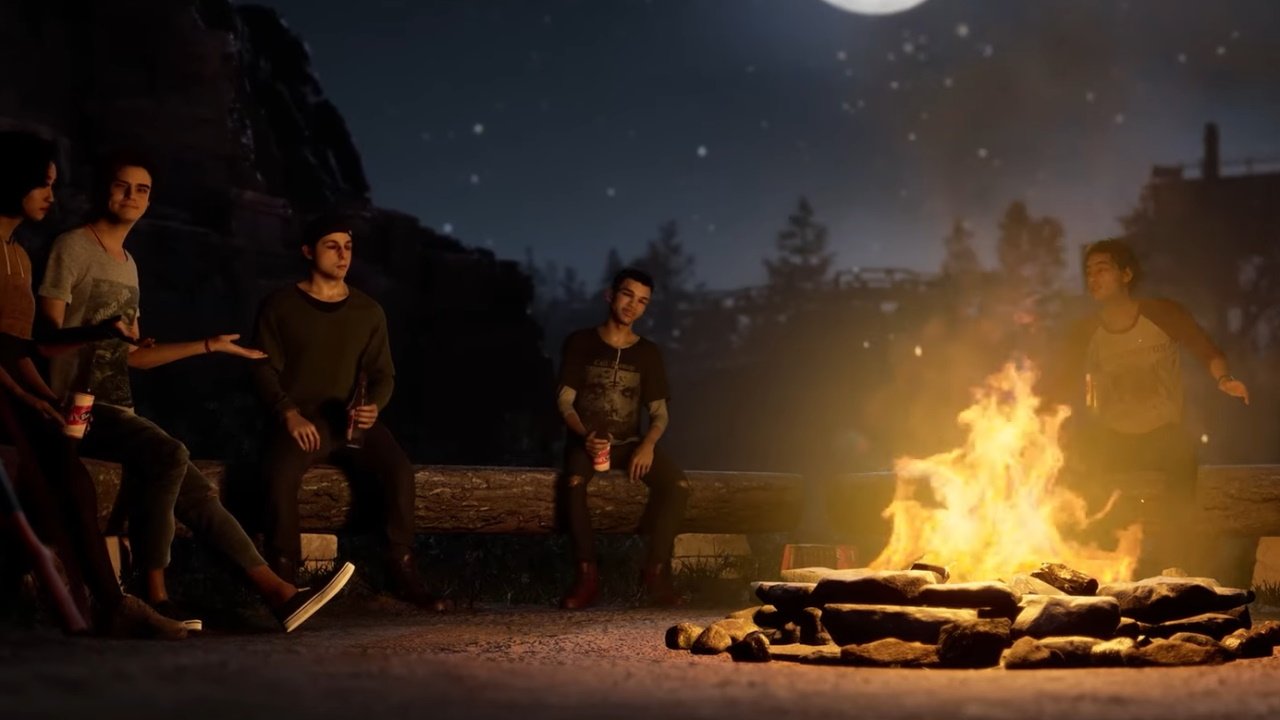
I’m especially intrigued as to how the Online Mode will ultimately shake out since that mode leaves the host in control of all the counsellors but all players vote on what decisions are made. Until then I guess I’ll have to settle for the game’s Movie Mode for a hands-off, hassle-free way of getting a peek at some of the other outcomes. In this offline, AI-driven mode, the game effectively plays itself, not unlike a computer playing as both teams in a sports simulation game.
Regardless of whether you’re playing alone or with friends, however, The Quarry is nonetheless a well-polished effort from Supermassive games that beckons to be played multiple times, as players will want to find every tarot card, discover every clue, collect every scrap of evidence, witness every death, and ultimately, save everyone or get them all killed. If that sounds like a challenge, just remember the Hackett’s Quarry motto: “What doesn’t kill you, makes you stronger.”
